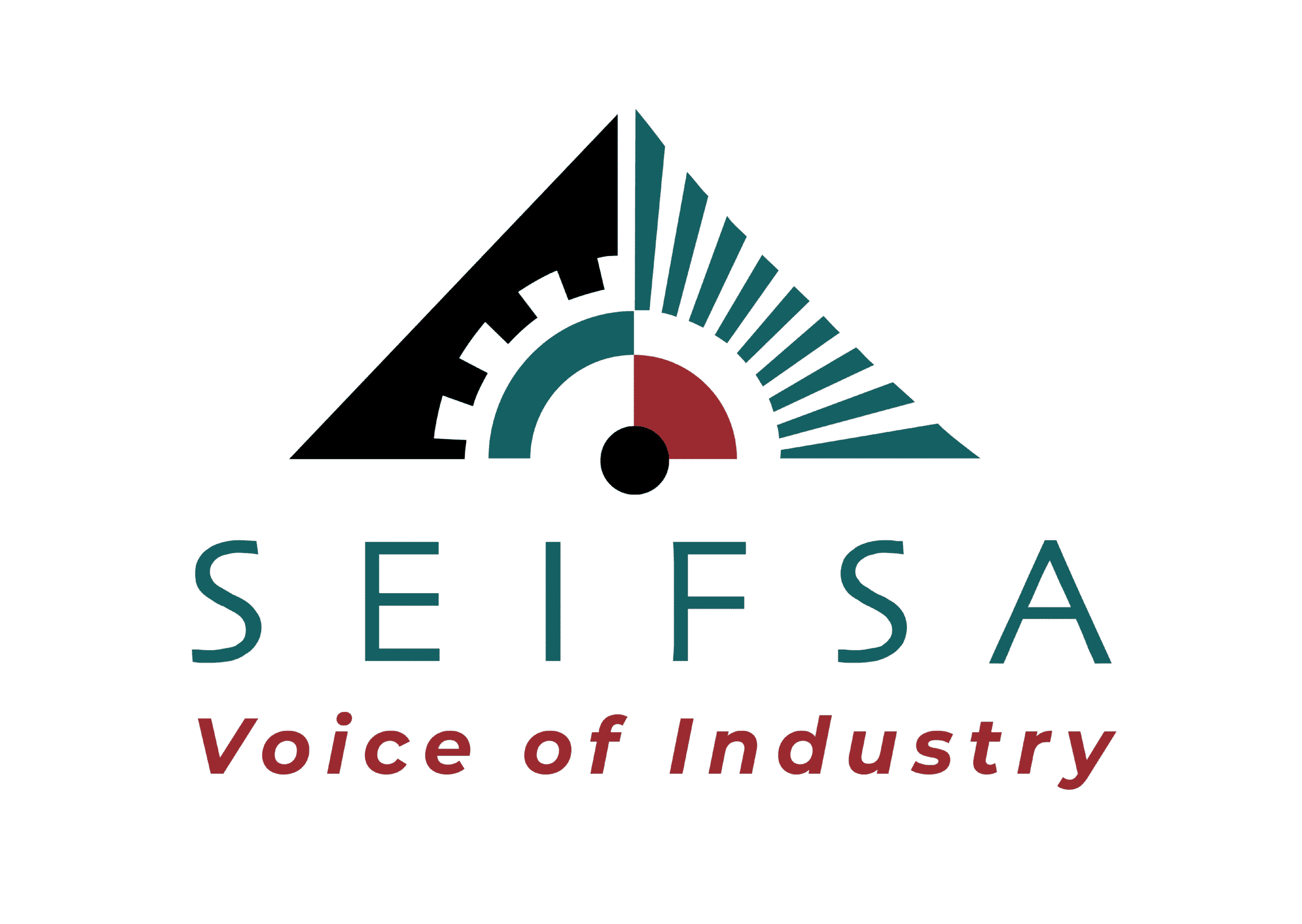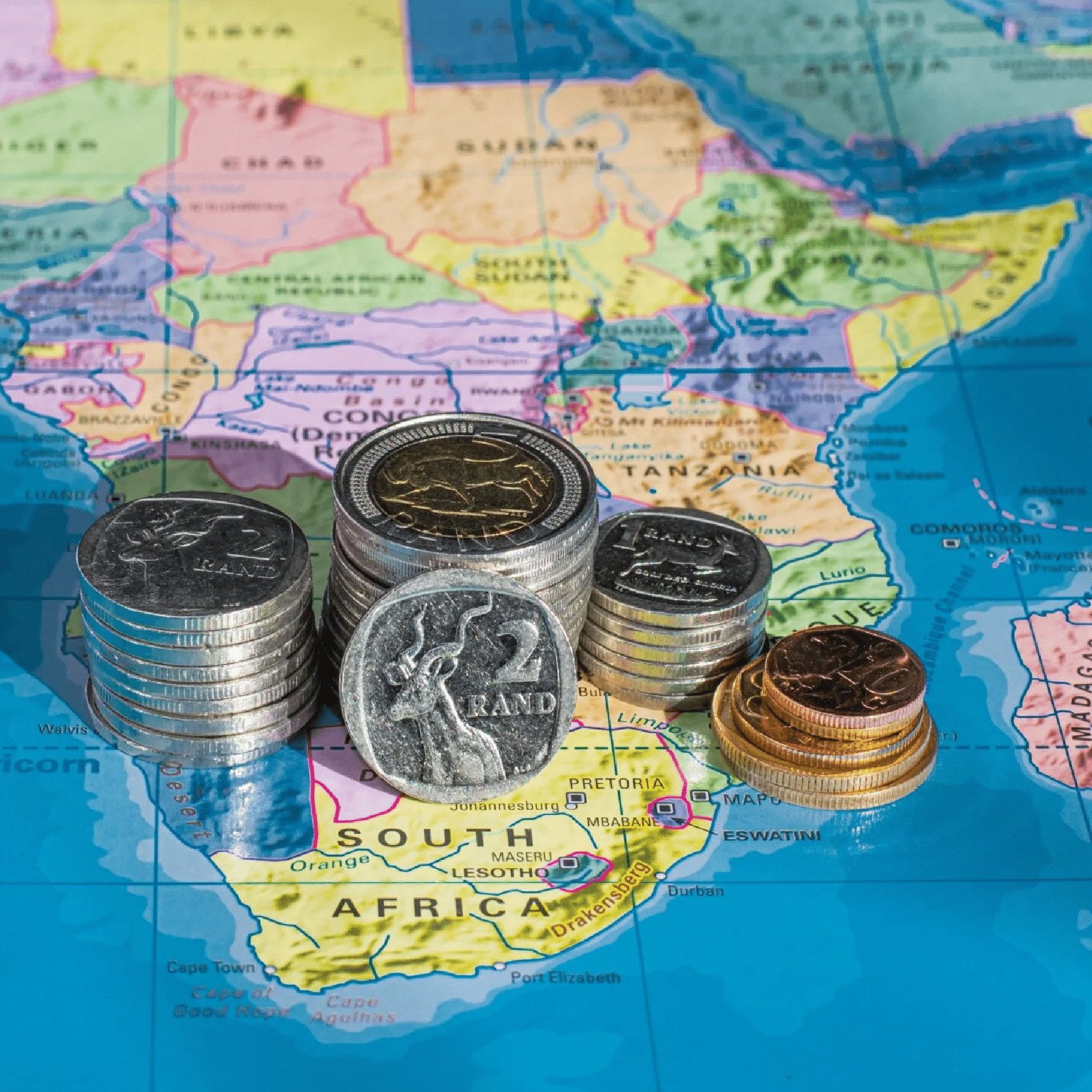Johannesburg, 6 December 2024 – As 2024 draws to a close, a welcome air of optimism is evident. The elections in May led to the formation of the government of national unity (GNU), which has resulted in some critical indicators, namely bond yields, the country risk premium and exchange rate, all beginning to point in a favorable direction. The country has also enjoyed more than 250 days without load-shedding, all of which have ushered in some much-needed stability.
Inflation has moderated, slowing for a fifth consecutive month in October to 2.8%, which allowed the SA Reserve Bank to deliver two 25 basis point cuts to the repo rate — in September and November — bringing it to 7.75%.
But plenty of challenges remain. Despite the GNU’s commitment to job-creating growth, the latest economic growth number came in at an anemic 0.4% for the second quarter and then surprised to the downside with a 0.3% contraction in the third quarter of 2024. The government’s aim to reach growth of 2%-5.4% by 2029, as per its draft policy blueprint for the medium term will only be achieved with serious and focused reform.
In the metals and engineering (M&E) sector, production for the nine months to September 2024 is estimated to have contracted -1.6%, indicative of the persistent headwinds faced by the sector in the form of low economic growth and pedestrian demand.
As long as decent economic growth is unattainable, joblessness across the entire economy remains an unsolvable problem. Third-quarter unemployment came in at 32.1%, indicating an increase of 294,000 to the 16.9-million unemployed. In the M&E sector, year-to-June 2024, the sector shed 6293 jobs representing a decline of -1.48%.
Against this backdrop, the Steel and Engineering Industries Federation of Southern Africa (SEIFSA) had another busy year.
Our focus on ongoing constructive and collaborative engagement between business and government was evident at the Metals & Engineering Industries Ministerial Conference and Banquet Dinner on 17 September 2024. Seven ministers representing the GNU as well as captains of industries and other stakeholders sat down together and agreed that together we can build an inclusive economy that creates jobs and eradicates poverty.
A big victory was won in May when SEIFSA and the industry’s trade unions concluded the terms of a three-year wage agreement. The agreement was reached in record time and without industry disruption after the bruising negotiations in 2021 that resulted in a three-week strike costing the industry more than R600 million per day in lost revenue. The wage deal covers the period 1 July 2024 to 30 June 2027.
The European Union’s Carbon Border Adjustment Mechanism (CBAM) was the focus of the Bridging Compliance: CBAM, ESG and the South African Metals and Engineering (M&E) Sector conference in September. The importance of the M&E Sector staying informed and taking a proactive stance on this cannot be overstated as the world is waiting for South African businesses to catch up.
As we close out 2024 and with all eyes focused internationally and on the G20 and B20 in 2025, it will be important not to lose sight of the de-industrialisation trajectory that has been observed in the sector that can be attributed to the absence of an all-encompassing, holistic metal, steel and engineering sector policy that balances the needs of up and downstream. The most immediate challenge facing the sector is how to navigate pedestrian demand and consumption in an environment of over-capacity. The need for policy makers and industry to craft a balanced, forward looking steel strategy that protects all players in the sector, ensuring a competitive industry that aligns with global trends, cannot be overstated.
On a lighter note, the SEIFSA Awards for Excellence were held on November 21 at the Country Club Johannesburg in Auckland Park and celebrated the hard work of our members and showcased the industry’s extensive talent.
Another highlight of the year was the Annual SEIFSA Golf Day, which took place on a sunny August day at the Serengeti Golf and Wildlife Estate. The first SEIFSA Golf Day was held in 1951, making it probably the oldest corporate golf day in the metals and engineering sector.
At the end of another full year, at last some positive reform is happening, but a lot more still needs to be done. We are also beginning to see the results of Operation Vulindlela, although again plenty more needs to be done to halt the deterioration of vital infrastructure.
SEIFSA believes strongly that an aggressive industrialisation programme can be driven through the repair and rebuild of existing infrastructure. SEIFSA for and on behalf of its broad and diverse membership base is ready to take the lead in collaborating with all sector stakeholders and government in ensuring that policy decisions are made in the best interest of the entire steel value chain.
We wish all our members a happy, healthy and safe festive season and best wishes for a productive and economically active 2025.
I on behalf of the SEIFSA Office, Council and Board extend our heartfelt gratitude for your ongoing support throughout the year. Your engagement has been invaluable as we continue to raise our voice for and on behalf of the metals and engineering industries.
Please note that the SEIFSA Office will close on Wednesday, 18 December 2024 and will reopen on Wednesday, 8 January 2025.
We look forward to working with you in 2025 and achieving new milestones together.
Lucio Trentini
Chief Executive Officer

